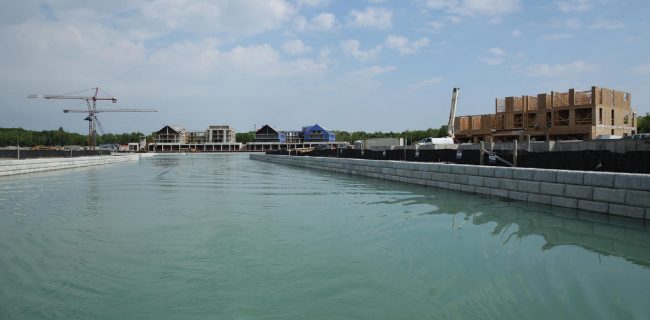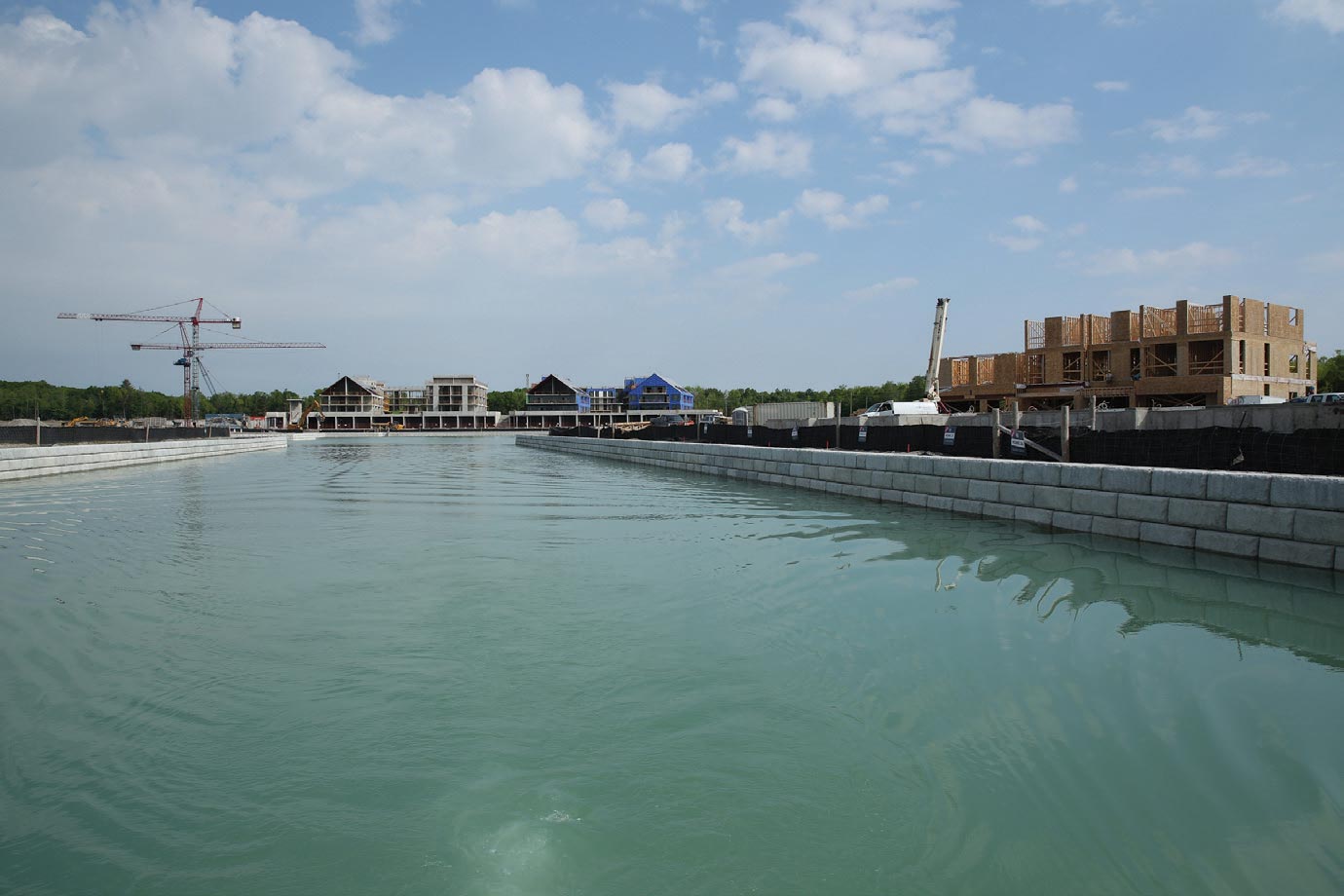the view from inside
THE MASTER-PLANNING
APPROVALS PROCESS
A multi-faceted task for new home developers

When planning new communities, there are often conditions attached to the approvals process that require consultation by the developer/builder with key government agencies or special interest groups. The reasons are varied and might include the desire to safeguard existing natural areas such as wetlands or woodlots, the protection of endangered species of flora or fauna observed on the property, or the impact on water quality by new development and construction.
As a purchaser of a home in a new neighbourhood, you may not realize the extensive planning that has gone on prior to the onset of construction. It is my job to collaborate on the development concept, secure approvals and implement the vision of our developments for Geranium Corporation.
Once land has been purchased and a master-plan concept defined, our first step is to conduct due diligence to assess and determine key aspects of the land-planning process. We need to understand potential constraints should the proposed community affect the natural heritage of the area. Special consideration may be required for specific features and/or species.
We also have to find out what planning permissions are needed. We must make sure our community concept complements the surrounding neighbourhood, and then communicate our vision to the appropriate local groups. Government agencies, conservation authorities, historical societies and other organizations may become involved, depending on what is revealed during due diligence.
Geranium’s master-planned community The Neighbourhoods of Cardinal Point, in the Town

of Whitchurch-Stouffville, is illustrative of the intricacies of the planning process. Cardinal Point was originally conceptualized in 2005. When preparing for the final phase — VISTA Flats & Towns, to be released for sale this fall — we wanted to design homes that complement the existing single-detached and townhome community, with the goal of introducing a new building form that will make homeownership accessible to a varied cross-section of purchasers, including condominium one- storey flats and two-storey towns.
The VISTA lands are nestled between two reaches of the Rouge River watershed, which include red side dace (an endangered species) habitat, butternut trees (also protected by the Ministry of Natural Resources), and lands regulated by the Toronto Region Conservation Authority. VISTA provides for the final connectivity of these lands including the adjacent development properties to the north, and the town’s network of trail systems. At Geranium, we consider enhancing the conservation lands and promoting their preservation a desirable feature for our homeowners and future generations of residents.
Again, it’s the big picture that guides us to take care of the minute details. Extensive due diligence, stringent planning protocols and informed engineering create well-planned and desirable living environments that stand the test of time for generations to come.
Shauna Dudding is senior vice president, development for Geranium Corporation. Since 1977, Geranium has built more than 8,000 homes in fine neighbourhoods and communities throughout Ontario. Find out more at Geranium.com



